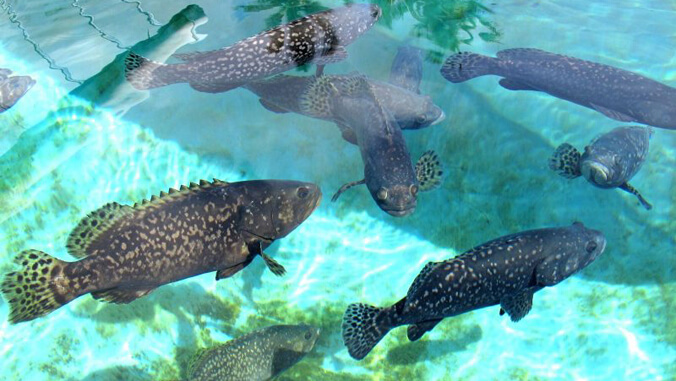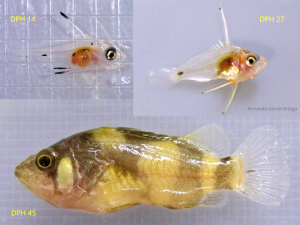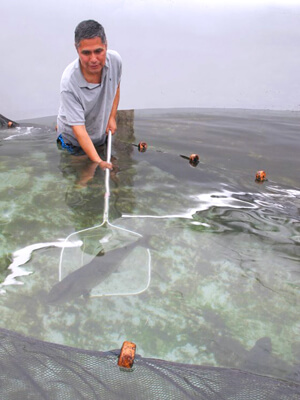
Armando García-Ortega, an aquaculture professor at the University of Hawaiʻi at Hilo, is leading a significant change in fish farming. His research is making waves in the world of aquaculture by demonstrating that vegetarian diets can be used not only for herbivorous fish but also for those that typically consume other fish.
Replace traditional ingredients

This research is a breakthrough for sustainable seafood production. It shows that algal meals can replace traditional fish ingredients, reducing the need for overfishing. García-Ortega’s study is also the first to use algae meals, such as Schizochytrium and Arthrospira, to completely replace fish meal and oil in feeds for various fish species.
Additionally, García-Ortega is advocating for the use of locally sourced feed ingredients to lower the environmental impact of fish farming.
“In Hawaiʻi and the Pacific Islands, transporting feed or feed ingredients for fish farming increases the environmental costs of our food production,” explained García-Ortega. “By-products from the locally produced algae Spirulina and Haeamatococcus can be used to replace at least half of the ingredients in fish feeds. If planned adequately, seafood production by aquaculture can contribute to increasing food security in the islands.”
Increasing available feed

García-Ortegaʻs work focuses on creating fish feeds using locally produced limu (seaweed) among other ingredients. “The aim is to increase the number of available feedstuffs to boost local production of animal feeds,” said García-Ortega. His innovative approach involves replacing traditional fish meal and fish oil with algae, yeast and insect meals.
One of García-Ortega’s most notable studies, published in 2016, explored replacing fish meal and fish oil with soybean protein and algae in the diets of giant groupers. This research has become one of the most cited papers in its field. The study found that using 40% soy and algae in the diet of giant groupers produced similar growth to diets with fish-based ingredients.
“We reported for the first time carnivorous marine fish can be farmed with feeds containing algal meals and produce the same fish growth and nutritional quality as the unsustainable practice of feeding fish with other fish,” said García-Ortega. “We basically propose to feed vegetarian diets not only to carnivorous fish, but to all farmed fish.”
For more go to UH Hilo Stories.
–By Susan Enright

